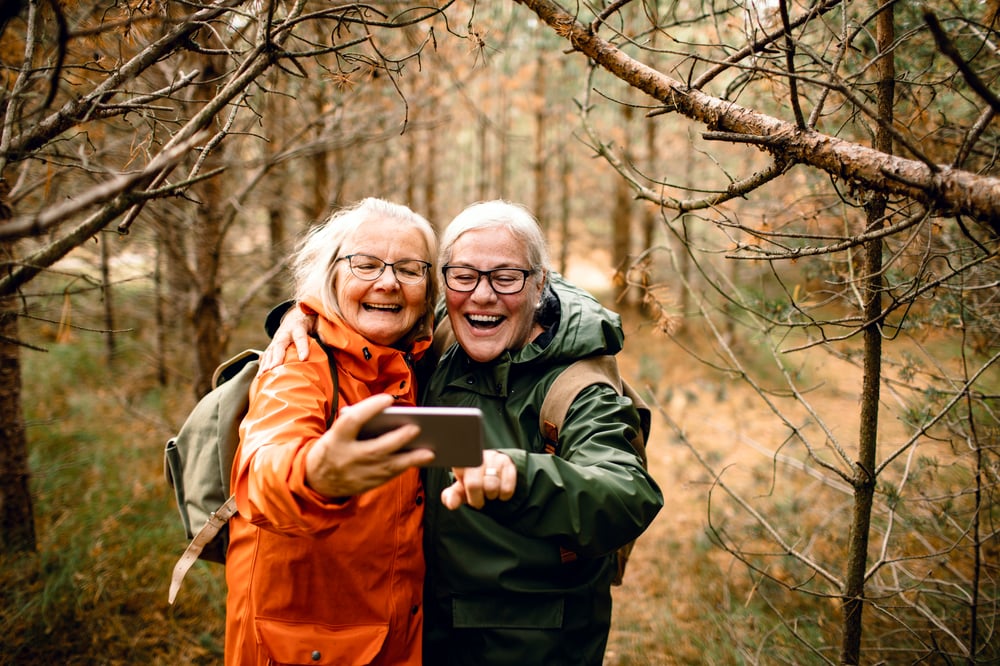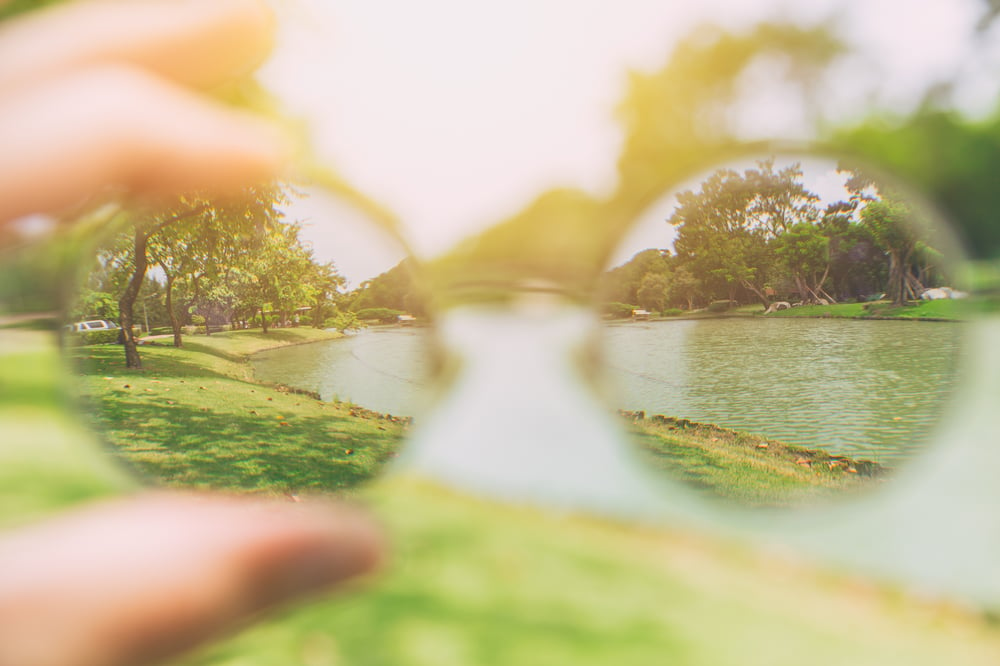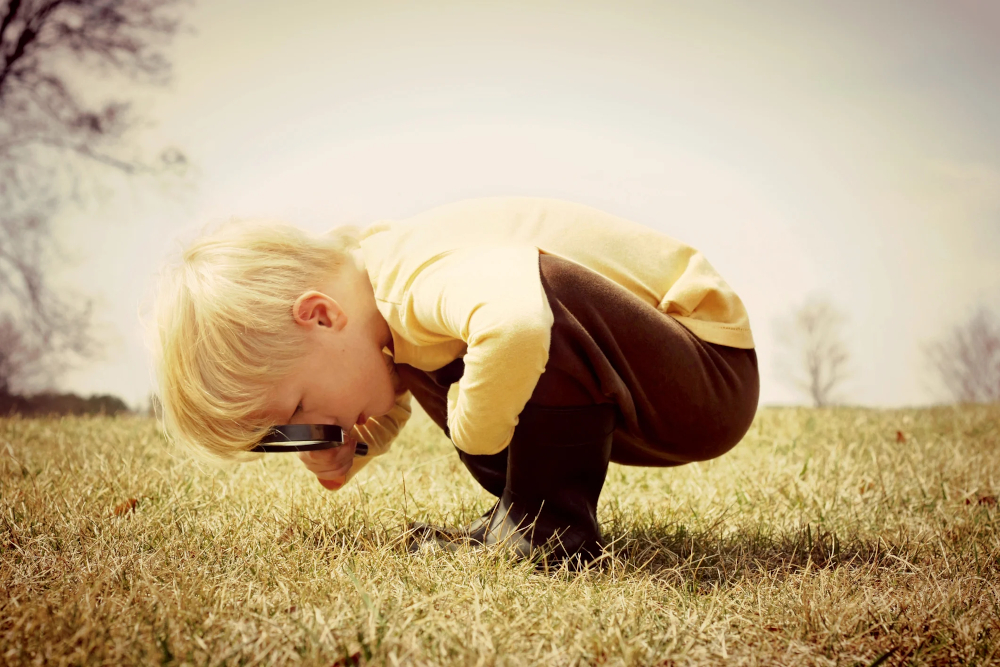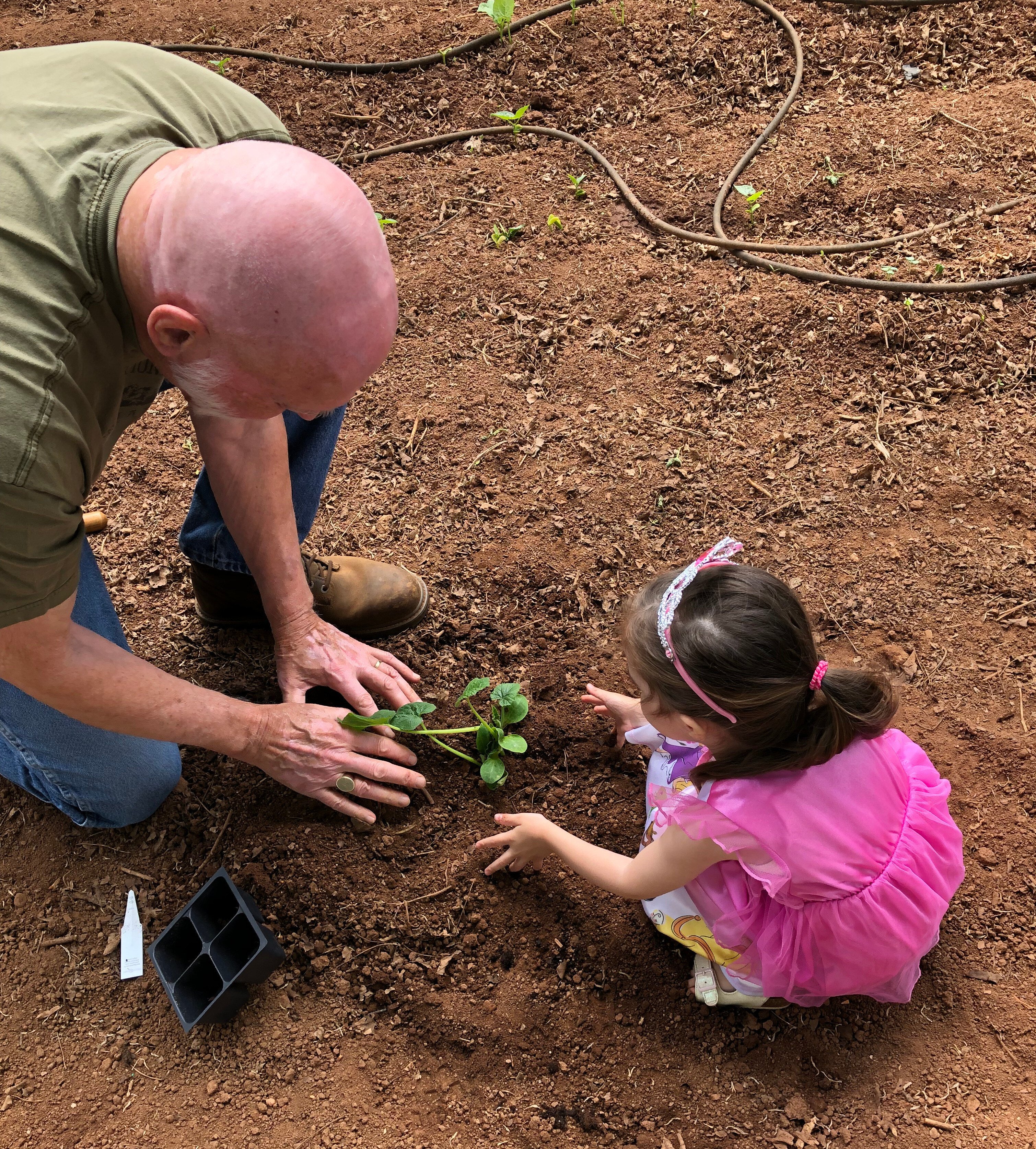Have you noticed your eyesight isn’t as good as it used to be? If so, you’re not alone. According to a recent study published in JAMA Ophthalmology[1], the number of Americans with vision problems is expected to double by 2050.
Experts believe this is partially due to the aging baby boomer population, but vision problems are no longer an “older person’s problem”. In fact, children, teens, and adults under 50 are experiencing vision issues earlier in life than in generations’ past[2].
So, what is causing this drastic change in our nation’s ability to see clearly?
Age-related vision problems aside, ophthalmologists believe this increase is due to a few factors:
The first one you can probably guess: increased screen time

Known as “digital eyestrain” spending too much time on a screen can cause dry eye, eye strain, irritation and blurred vision. Additionally, the blue light emitted from screens has the potential to permanently damage the retina over time.
This is of particular concern in children with developing vision[3], but also for adults who, according to Nielson market research group, spend over half their day interacting with media devices of some sort[4].
Add in the increased amount of time we’ve all been spending on screens due to COVID and you can bet America’s vision problems will only increase in the next year.
The second is excessive time spent on fine detail work
This includes reading, writing, too much time spent on homework, crafting, etc. which strains the eyes and can lead to eye strain, dry eye and near-sightedness.
For example, it’s been reported that experts believe the myopia epidemic among Asian youth (upwards of 90% in many Asian countries) is being fueled by the excessive amount of time they spend on school work[5].
The third one is less talked about, but ties all three together: a lack of time spent outdoors.

Yes. Not only is being outside better for your mood, immunity and overall health, it’s also awesome for preventing and treating certain vision ailments.
Here’s how this works according to science.
When we go outdoors, the bright sunlight forces our eyes to “flex their muscles” as we work to focus on objects off in the distance.
That sunlight also triggers the release of two key neurotransmitters, dopamine and serotonin, through areas of the retina.
This is key because dopamine is believed to block excessive growth of the eye, which causes myopia; while serotonin is responsible for regulating our sleep-wake cycle, which ensures our eyes get enough rest and recovery time while we sleep.
By contrast, the low, unnatural-lighting, blue light from screens and closeness of indoor objects doesn’t afford our eyes the workout and natural light they need to stay healthy.
Many studies have documented the benefits of more outdoor time on eye health

In one Chinese study more than 1800 6-year olds participated in 40 minutes of daily outdoor activity at school, and by doing so notably reduced their incidence of myopia over a 3-year period[6].
Another Australian study published in the JAMA Ophthalmology compared the eye health of Australian youth, where rates of myopia are low, and Singapore children, where rates of myopia are some of the highest in the world, and found that outdoor time experienced by Australian youth was responsible for the lower rates of myopia[7].
Much of the research done on how the outdoors can improve vision is focused on children’s eyesight, but adults can benefit too. A third study also published in JAMA Ophthalmology found the protective effects of natural sunlight can benefit adults’ eye health too[8].
How much time do you need to spend outdoors to protect your eyes?
The American Academy of Ophthalmology recommends getting “minimal (sun) exposure” every day for protective results.
However, since too much sunlight can damage your eyes over time it’s best to ask your eye doctor for an individual recommendation.
Now get out there and enjoy taking in all the beauty of the countryside...your eyes will thank you.

Need some help getting your kids to spend less time on screens and more time outdoors?
We’ve written extensively about the health benefits of the outdoors for children and how to get them outside, in:
13 Unstructured Playtime Ideas to Get Kids Outside
5 Unbelievable Health Benefits of Playing Outside
Secrets to Making Farm Chores Fun for Children of all Ages
References:
- https://jamanetwork.com/journals/jamaophthalmology/fullarticle/2523780
- https://www.sciencenewsforstudents.org/article/outdoor-time-good-your-eyes
- https://www.sciencedaily.com/releases/2018/08/180806162718.htm
- https://www.nielsen.com/us/en/insights/article/2018/time-flies-us-adults-now-spend-nearly-half-a-day-interacting-with-media/
- http://healthland.time.com/2012/05/07/why-up-to-90-of-asian-schoolchildren-are-nearsighted/
- https://www.ncbi.nlm.nih.gov/pubmed/26372583
- https://jamanetwork.com/journals/jamaophthalmology/fullarticle/420394
- https://jamanetwork.com/journals/jamaophthalmology/fullarticle/2588252
























